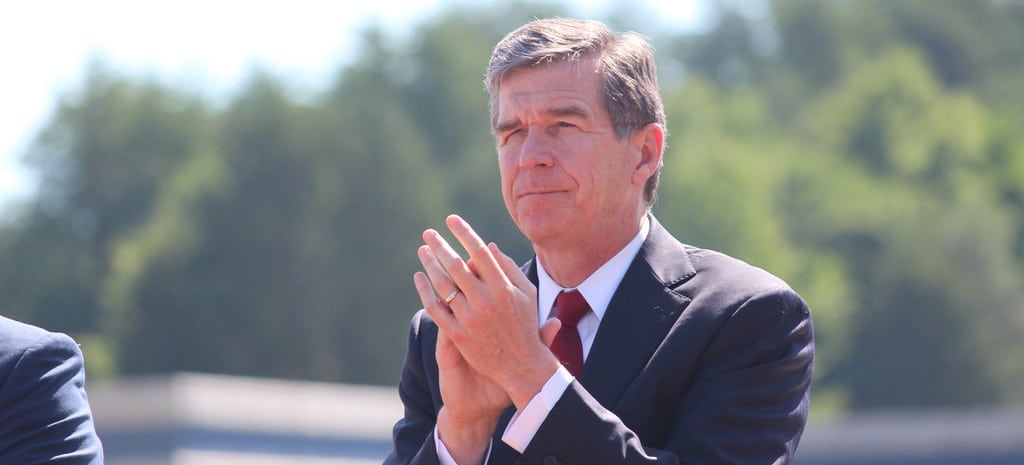This year, a formerly obscure federal law from the late 1970’s will be the biggest driver of utility-scale solar in the United States. The Public Utilities Regulatory Policies Act of 1978 (PURPA) requires utilities to buy power from independent power producers if they can generate below the cost that utilities expect to otherwise pay for power, and it has driven multiple gigawatts of solar deployment already in several states.
However, PURPA is not without its detractors. North Carolina is the state which has deployed the most solar under the law, and there Duke Energy has been pushing for years for major changes to implementation. Duke argues that its customers are paying too much for PURPA contracts as costs fall, and solar developers, for whom PURPA has been a stable foundation for growth, have pushed back.
The two sides have come to a compromise in the form of House Bill 589, which today was signed into law by Governor Roy Cooper (D) after passing both houses of the North Carolina Legislature in late June. Under this legislation, fixed-price PURPA contracts will be limited to projects 1 MW and smaller (from the current 5 MW), and contract lengths will be shortened from 15 to 10 years.
For larger projects, the state will move to a competitive procurement model, under which auctions will be held for 2.66 GW of solar over the next 45 months. Additionally, it brings back a “Green Source Rider” program, which will allow corporations in North Carolina to procure up to 600 MW of solar from developers.
Along with the 3.5 GW of PURPA projects already online or in the queue, this is expected to allow North Carolina to reach 6.8 GW of utility-scale solar by 2022 – more than double the roughly 3 GW that the state had online by the end of 2016.
The bill also allows for third-party leasing for distributed solar – a move which could allow North Carolina’s sluggish distributed solar market to take off. All in all, developer Strata Solar says that the bill is a good deal for the industry.
“We believe the Governor made the right decision for the North Carolina economy, the clean energy industry, and electricity customers, reads a statement by the company. “There was significant give and take by all parties and overall we believe this law represents a fair compromise among a large and diverse stakeholder group.”
This move can be seen as part of a trend of states moving to change PURPA as the law begins to enable large amounts of solar to come online. And in North Carolina the solar industry appears to have gotten off lightly, particularly as compared to Idaho, which slashed PURPA contract lengths to an un-financeable three years, or Montana, which dropped prices for PURPA contracts so low that many projects will likely be cancelled.
However, the final version of the bill also includes a significant set-back for the wind industry, in the form of an 18-month moratorium on new permits. Strata says this was problematic.
“Strata Solar also stands with our clean energy colleagues in the wind industry,” reads the statement. “We were disappointed in last-minute actions inserting a harmful and unnecessary wind energy provision into the bill and going forward we will support efforts to ensure wind energy has a fair chance to thrive in this state.”
This content is protected by copyright and may not be reused. If you want to cooperate with us and would like to reuse some of our content, please contact: editors@pv-magazine.com.









By submitting this form you agree to pv magazine using your data for the purposes of publishing your comment.
Your personal data will only be disclosed or otherwise transmitted to third parties for the purposes of spam filtering or if this is necessary for technical maintenance of the website. Any other transfer to third parties will not take place unless this is justified on the basis of applicable data protection regulations or if pv magazine is legally obliged to do so.
You may revoke this consent at any time with effect for the future, in which case your personal data will be deleted immediately. Otherwise, your data will be deleted if pv magazine has processed your request or the purpose of data storage is fulfilled.
Further information on data privacy can be found in our Data Protection Policy.